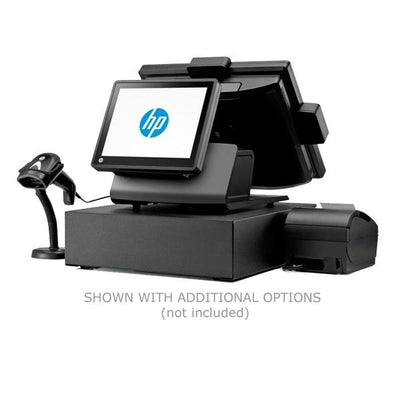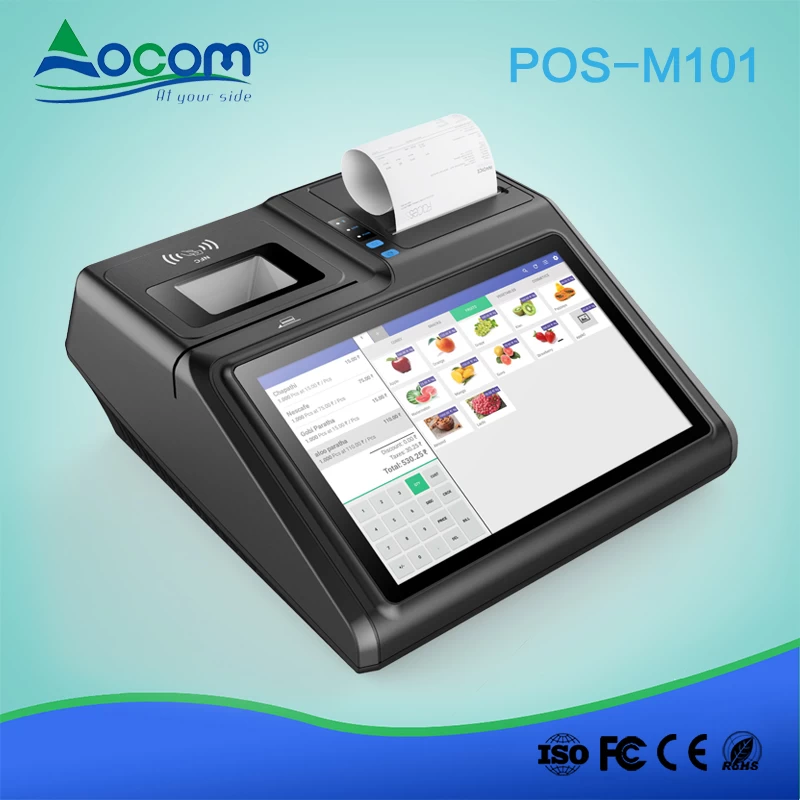Just How POS System Functions: A Comprehensive Overview for Business Owners

Understanding the Components of a POS System

How Sales Purchases Are Processed
When a client makes a decision to buy, the sales deal starts a series of systematic steps within the POS system. The cashier inputs the items being bought, which are checked with a barcode visitor or manually gotten in. This activity retrieves item details, including pricing and applicable tax obligations, from the system's database.Next, the consumer is offered with the overall amount due. The POS system then refines the settlement, whether via money, bank card, or mobile repayment techniques (Restaurant POS Software). For electronic payments, the POS firmly connects with settlement cpus to accredit and confirm the transaction.Once the repayment is verified, the system creates a receipt, which can be published or sent electronically. This receipt works as evidence of purchase for the customer. Lastly, the transaction information is taped in the system, making certain precise sales records and economic monitoring for the company
Supply Management and Monitoring

Efficient stock monitoring and monitoring are essential parts of a POS system, as they guarantee that services maintain optimal stock degrees and minimize inconsistencies. A durable POS system permits real-time stock updates, mirroring sales and returns immediately. This enables entrepreneur to keep an eye on supply levels precisely, ensuring that prominent things are readily offered while protecting against overstocking of less preferred products.Additionally, advanced POS systems use features such as computerized stock informs and reorder suggestions, enhancing the purchase procedure. Barcoding and RFID technology improve precision in tracking supply activity, lowering human error. Comprehensive coverage devices give understandings right into supply turn over prices, aiding services make educated choices about purchasing and product offerings. Ultimately, efficient supply management through a POS system not just boosts operational effectiveness however additionally boosts consumer complete satisfaction by ensuring item schedule.
Evaluating Customer Information and Insights
Consumer information analysis functions as an effective device for organizations utilizing a POS system (Restaurant read more POS Software). By examining and accumulating purchase information, companies can uncover valuable understandings regarding Restaurant POS Software client behavior and choices. This evaluation enables them to identify purchasing fads, peak buying times, and popular items, thus informing supply decisions and marketing strategies.Additionally, organizations can sector their customer base, permitting individualized advertising efforts that accommodate particular demographics or acquiring routines. Understanding consumer commitment patterns also helps in establishing targeted promotions and benefits programs.The data obtained from a POS system can also expose understandings into consumer feedback, making it possible for services to make informed decisions pertaining to item offerings and service improvements. Eventually, leveraging customer data successfully can boost the general purchasing experience, foster consumer fulfillment, and drive revenue development
Advantages of Implementing a POS System

Frequently Asked Questions
What Kinds Of Services Can Take Advantage Of a POS System?
Various businesses take advantage of a POS system, consisting of retailers, dining establishments, salons, and e-commerce systems. These systems streamline transactions, inventory monitoring, and consumer information, improving operational efficiency and improving client experience across diverse markets.
Just how much Does a POS System Commonly Cost?
The cost of a POS system normally varies from a few hundred to a number of thousand dollars, depending upon attributes, hardware, and software application. Companies must consider continuous charges for support, purchase, and maintenance processing when budgeting.
Can I Incorporate a POS System With Existing Software?
Integrating a POS system with existing software program is frequently viable. Numerous systems supply APIs or built-in compatibility features, permitting companies to streamline procedures and enhance capability by linking various software program applications successfully.
What Training Is Required for Staff to Make Use Of a POS System?
Training for team to use a POS system normally consists of understanding software application functionalities, processing transactions, handling inventory, and managing customer interactions. Practical presentations and hands-on practice improve proficiency and confidence being used the system efficiently.
What Occurs if the Web Goes Down While Making Use Of a POS System?
Transactions may be disrupted if the net goes down during POS system usage. Several systems provide offline abilities, permitting basic operations to proceed, yet full performance, consisting of real-time inventory updates, will certainly be limited. A Point of Sale (POS) system is made up of several essential parts that function together to take care of and assist in deals service operations. Effective inventory monitoring and monitoring are important components of a POS system, as they assure that organizations keep excellent supply degrees and decrease discrepancies. Customer information evaluation serves as an effective device for services utilizing a POS system. Comprehending consumer loyalty patterns likewise assists in establishing targeted incentives and promos programs.The data amassed from a POS system can also expose insights into consumer responses, enabling organizations to make enlightened decisions relating to product offerings and service improvements. Applying a POS system uses various advantages that can greatly enhance service procedures.